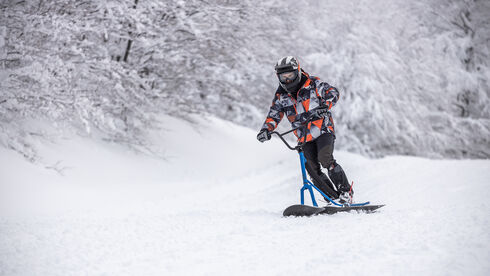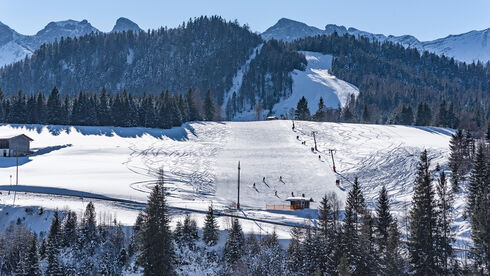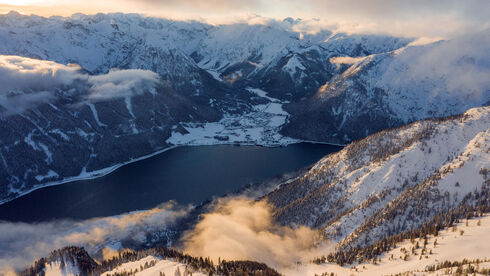Staying safe on the ski slopes
The Achensee region is the perfect place for relaxed recreational skiing – fresh mountain air, wide slopes, cosy huts, and tasty mountain food. To ensure that everybody has a great time, it is important to keep safety in mind when enjoying time on the slopes. In this article, we share the alpine responsibility code for skiers and snowboarders.
Basically, almost all European ski resorts use a colour system to grade the difficulty of their slopes. Blue slopes are suitable for beginners. Red slopes are routes steeper and/or narrower than blue slopes dedicated to intermediate skiers. Black slopes are rated difficult and reserved for expert skiers.
Follow the international FIS ruleswhen you’re out enjoying the slopes. Basically, these universal rules are about using some common sense and personal awareness to avoid risks and injuries.
- Respect other skiers and snowboarders: Avoid collision by giving other skiers and riders lots of room. Keep as much distance as possible from other skiers and riders.
- Control your speed: Ski and ride in such a way that you are always able to control your speed regardless of conditions. Stay alert so that you can react quickly.
- Choice of route: Skiers and riders ahead of you have right-of-way. It is your responsibility to avoid them, so you must choose a route that does not endanger those ahead of you.
- Overtaking: Overtaking is allowed from above or below, from right or left, but always with a safe distance. Make sure you give other skiers and riders enough space when passing them.
- Entering a slope/starting downhill: Before merging onto a slope, look uphill and downhill. Give way to all skiers and riders upwards and make sure you have enough time and space to enter the slope safely.
- Stopping on the slope: Always stop in an area that is safe for others (move to the side of the slope). Avoid stopping in narrow areas or blind spots.
- Climbing and descending: A skier or snowboarder either climbing or descending on foot must keep to the side of the slope.
- Signs and markings: All skiers and riders must obey signs and markings on the slopes. If there are warnings signifying dangers, adjust your skiing and riding accordingly.
- Assistance after accidents: All skiers in the vicinity of the incident must help the injured person. However, you should not put yourself in harm’s way when helping others.
- Identification: All skiers/riders involved in an accident, including witnesses, must give their personal details.
Important addition to the FIS rules: Staying within the controlled ski area boundaries is always the safest option. Keep in mind that when you choose to ski/ride outside the patrolled areas, you willingly increase your exposure to risk.
In our awareness campaign “Taktvoll” (being mindful) we share important information on how to stay safe while enjoying outdoor winter activities.
In case of an emergency
- Emergency numbers: 144 (ambulance), 140 (emergency number for alpine accidents in Austria), 112 (European emergency number)
- Before heading out, please check out the official websites of the ski areas for ski patrol dispatch numbers.
- Emergency app „SOS EU Alp“: This app shares your GPS coordinates with local emergency response teams, reducing the time between alert and rescue considerably. The app is a valuable addition to the official alpine emergency number 140.



